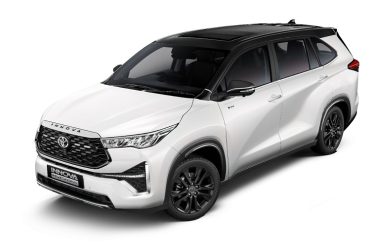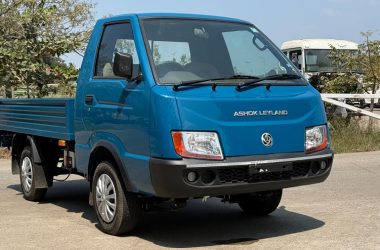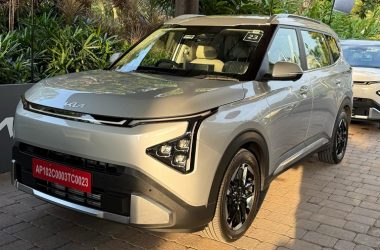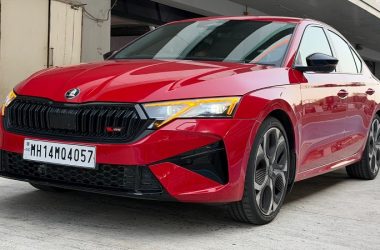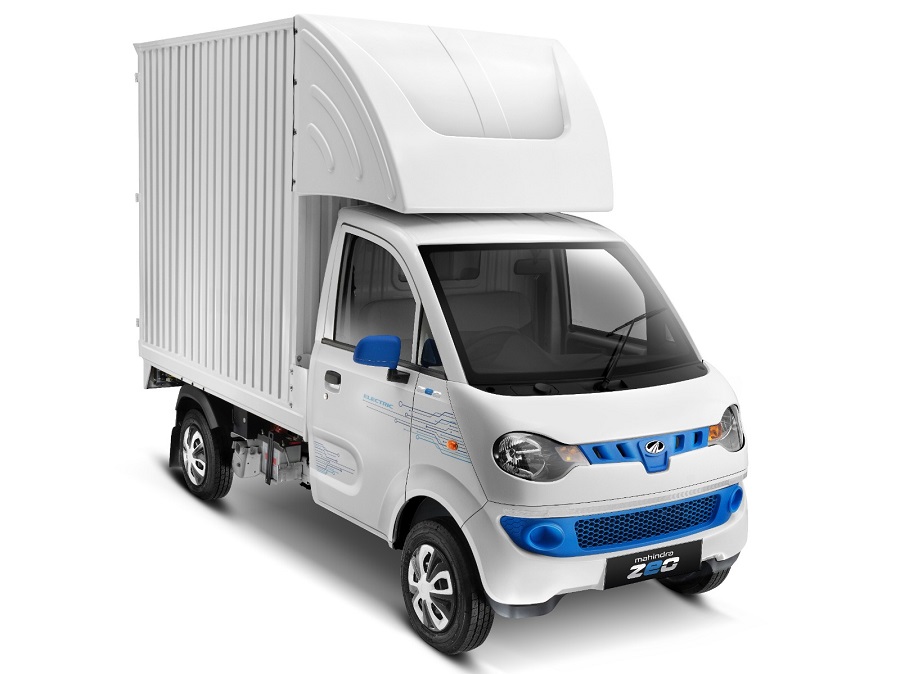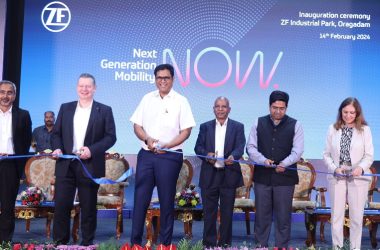The Indian government has taken a bold step toward a greener, more sustainable future with the launch of the Prime Minister’s Electric Drive Revolution in Innovative Vehicle Enhancement (PM E-DRIVE) scheme. With a robust financial outlay of ₹10,900 crore, the scheme officially commenced on October 1, 2024, and is set to run until March 31, 2026. Its primary objective is to accelerate the adoption of electric vehicles (EVs), establish comprehensive charging infrastructure, and fortify the country’s EV manufacturing ecosystem. The initiative is designed to significantly reduce transportation-related pollution while advancing the Indian government’s vision of Aatmanirbhar Bharat, or self-reliant India.
A New Era for Mass Mobility: Key Components of PM E-DRIVE
The PM E-DRIVE scheme promotes mass mobility by offering direct support to public transportation systems, incentivizing the purchase of EVs, and encouraging the construction of charging stations. This multifaceted approach aims to improve air quality and mitigate the environmental impact of transportation, while also fostering an efficient and competitive EV manufacturing sector. A Phased Manufacturing Program (PMP) will ensure that domestic manufacturing and supply chains are enhanced, with the ultimate goal of creating a robust, locally-driven EV industry.
The scheme’s structure is comprehensive, with several key components aimed at catalyzing change:
- Subsidies for EV Purchases: The scheme provides demand incentives for a range of EV categories, including electric two-wheelers (e-2Ws), electric three-wheelers (e-3Ws), electric ambulances, and electric trucks. This incentive system is designed to make EVs more accessible and attractive to consumers.
- Grants for Capital Assets: Funds are allocated for acquiring electric buses (e-buses), setting up a vast network of charging stations, and upgrading testing facilities within the Ministry of Heavy Industries (MHI). The aim is to create an enabling environment that supports widespread EV adoption.
- Administration and Public Engagement: To ensure smooth implementation, the scheme includes provisions for administrative expenses, project management, and public awareness initiatives.
Targeted Incentives for Different EV Categories
The scheme strategically targets various types of electric vehicles to maximize its impact:
- Electric Two-Wheelers (e-2Ws): With a plan to incentivize 24.79 lakh e-2Ws, the scheme focuses on models equipped with advanced batteries. Both commercially registered and privately owned e-2Ws are eligible for incentives, provided they meet the necessary technical criteria.
- Electric Three-Wheelers (e-3Ws): The government aims to incentivize approximately 3.2 lakh e-3Ws, such as registered e-rickshaws and e-carts. These vehicles must also use advanced battery technology and be registered for commercial use.
- Electric Ambulances: A dedicated budget of ₹500 crore has been allocated for deploying e-ambulances, a new initiative designed to modernize patient transport services while reducing carbon emissions. The scheme will establish performance and safety standards in collaboration with the Ministry of Health and Family Welfare (MoHFW) and other stakeholders.
- Electric Trucks: To promote sustainable logistics, the scheme sets aside ₹500 crore for incentivizing the adoption of electric trucks. Eligibility will be contingent upon scrapping certificates from approved centers, ensuring that old, polluting vehicles are removed from the roads.
- Electric Buses (e-buses): A significant allocation of ₹4,391 crore is earmarked for the procurement of 14,028 electric buses. The buses will be managed by state transport agencies across nine major cities, including Delhi, Mumbai, Kolkata, and Bangalore. A special focus will be placed on replacing older buses and developing guidelines for unique geographies such as hilly regions and coastal areas.
Building a Comprehensive Charging Network
To boost user confidence and support the widespread use of EVs, the scheme includes plans to establish a robust public charging infrastructure. The goal is to set up 22,100 fast chargers for electric cars, 1,800 for e-buses, and 48,400 for e-2Ws and e-3Ws across key urban areas and highways. The total outlay for this infrastructure development is ₹2,000 crore, which will be distributed in collaboration with the Ministry of Road Transport and Highways (MoRTH).
Enhancing Testing Facilities for Green Mobility
The modernization of testing facilities under the Ministry of Heavy Industries is another cornerstone of the PM E-DRIVE scheme. An allocation of ₹780 crore will be used to upgrade these agencies, ensuring they can test and certify vehicles based on emerging technologies, thus promoting green mobility across the country.
Boosting EV Demand Through Direct Incentives
Central to the scheme is the emphasis on demand incentives, designed to make EVs affordable and accessible for a broad spectrum of users. Electric two-wheelers and three-wheelers, both privately and commercially owned, are eligible for these incentives, provided they feature advanced battery technology. Government-purchased vehicles, however, are excluded from these benefits to ensure that funds are directed primarily toward private and commercial users.
Incentives are calculated based on battery capacity and capped at either the per-kilowatt-hour rate or 15% of the vehicle’s ex-factory price, whichever is lower. The scheme stipulates that only vehicles meeting specific price thresholds will qualify. These subsidies are distributed through a digital e-Voucher system, verified via Aadhaar-linked e-KYC, ensuring transparency and ease of access for consumers.
Expanding Charging Infrastructure Along Major Routes
The scheme also prioritizes the expansion of charging networks within urban centers and along critical inter-city routes. This initiative, carried out in coordination with MoRTH, is expected to significantly enhance the convenience and practicality of using electric vehicles. Financial support will be flexible, covering up to 100% of the project cost, including upstream power infrastructure, to promote widespread adoption.
E-Vouchers: Digital Solutions for Seamless Incentives
To streamline the incentive process, the Ministry of Heavy Industries will introduce e-Vouchers, which customers can use to access subsidies at the time of purchase. The e-Voucher system ensures a transparent, secure, and efficient means of processing incentives, benefiting both consumers and manufacturers.
Looking Ahead: A Greener Future for India
The PM E-DRIVE scheme is more than just a policy; it’s a comprehensive strategy aimed at transforming India’s transportation sector. By promoting the use of electric vehicles, establishing supporting infrastructure, and modernizing domestic manufacturing capabilities, the government is setting the stage for a cleaner, more sustainable future. This initiative not only addresses environmental concerns but also stimulates economic growth, creating jobs and attracting investments in the EV sector.
With the implementation of PM E-DRIVE, India is poised to become a global leader in sustainable transportation, paving the way for a future where clean, efficient, and accessible mobility is available to all.
